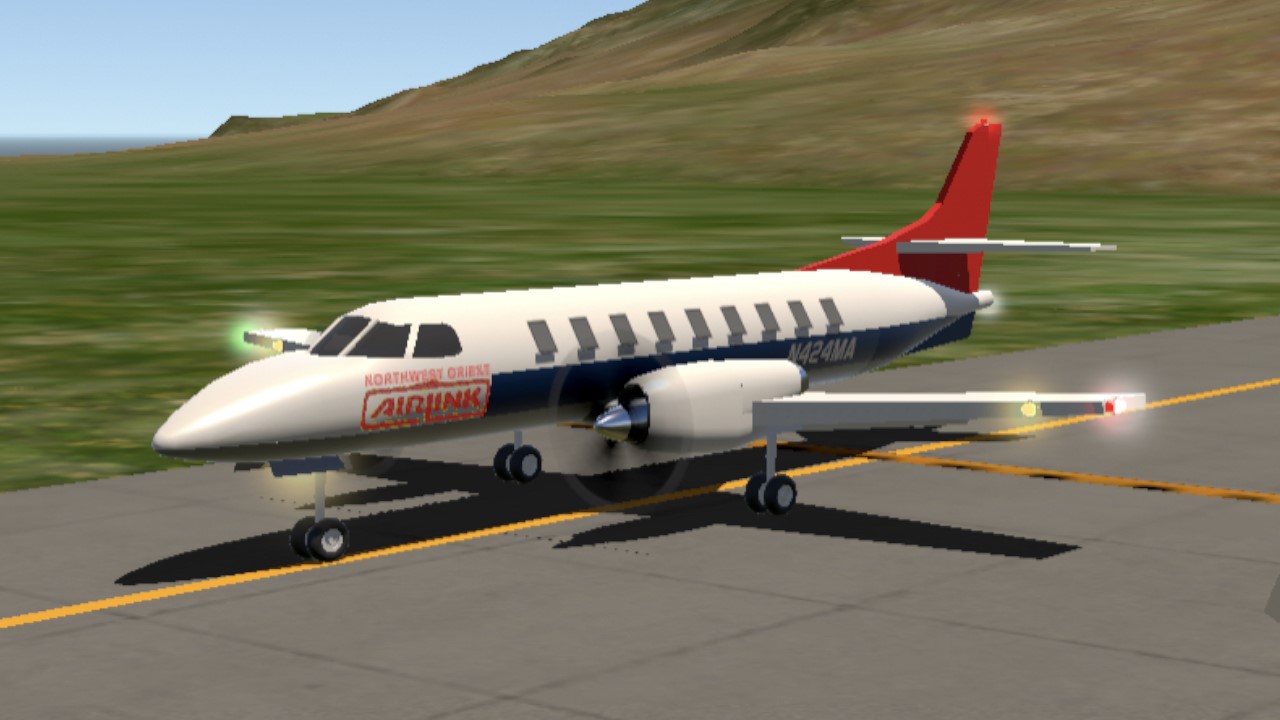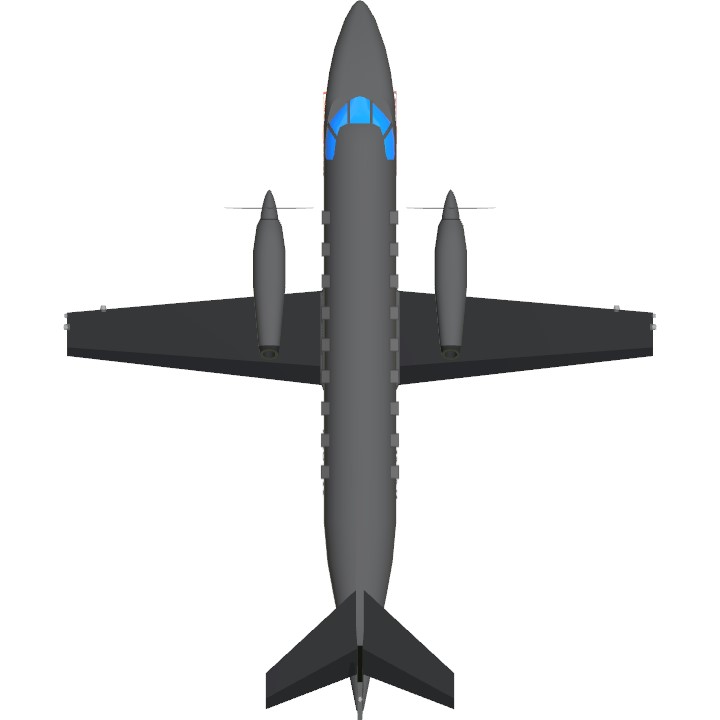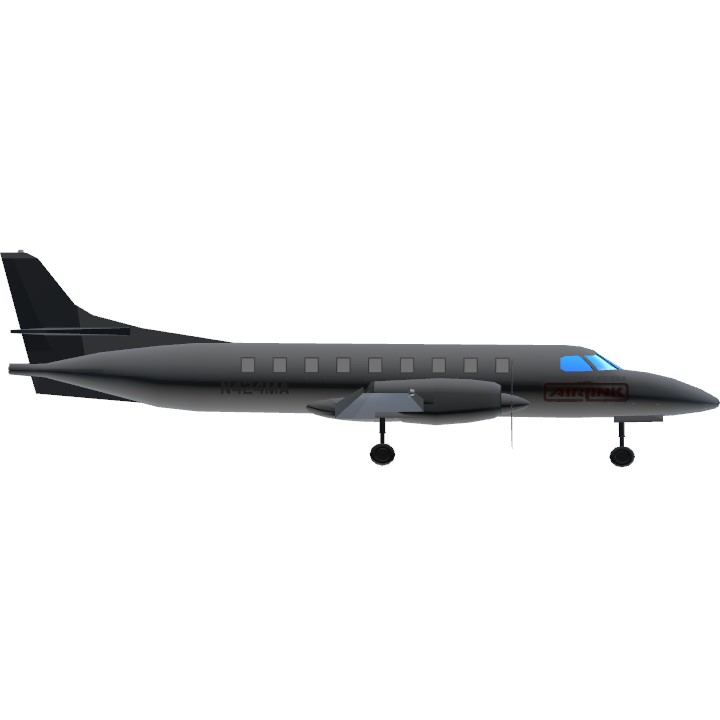Introductions of Fairchild Metroliners:
The Fairchild Swearingen Metroliner (previously the Swearingen Metro and later Fairchild Aerospace Metro) is a 19-seat, pressurized, twin-turboprop airliner first produced by Swearingen Aircraft and later by Fairchild Aircraft at a plant in San Antonio, Texas.
The Metroliner was an evolution of the Swearingen Merlin turboprop-powered business aircraft. Ed Swearingen, a Texas fixed-base operator (FBO), started the developments that led to the Metro through gradual modifications to the Beechcraft Twin Bonanza and Queen Air business aircraft, which he dubbed Excalibur.
A new fuselage (but with a similar nose) and vertical fin were then developed, married to salvaged and rebuilt (wet) Queen Air wings and horizontal tails, and Twin Bonanza landing gear; this became the SA26 Merlin, more or less a pressurized Excalibur. Through successive models (the SA26-T Merlin IIA and SA26-AT Merlin IIB) the engines were changed to Pratt & Whitney Canada PT6, then Garrett TPE331 turboprops. These were marketed as business aircraft seating eight to ten passengers.
An all-new aircraft was built and named the SA226-T Merlin III with a new nose, wings, landing gear, cruciform horizontal tail and inverted inlet Garrett engines. Ultimately a stretch of the Merlin III was designed, sized to seat 22 passengers and called the SA226-TC Metro. Because FAA regulations limited an airliner to no more than 19 seats if no flight attendant was to be carried, the aircraft was optimized for that number of passengers. The standard engines offered were two TPE331-3UW turboprops driving three-bladed propellers. A corporate version called the SA226-AT Merlin IVA was also marketed and initially sales of this version were roughly double that of the Metro.
Introductions of Northwest Airlink:
Northwest Airlink was the brand name of Northwest Airlines' regional airline service, which flew turboprop and regional jet aircraft from Northwest's domestic hubs in Minneapolis, Detroit, and Memphis. Service was primarily to small-to-medium-sized cities and towns where larger aircraft might not be economical to operate and also to larger markets to either provide additional capacity or more frequent flights than could be justified using mainline aircraft. Beginning in July 2009, the Northwest Airlink trade name was phased out, and replaced by the Delta Connection trade name for Delta Air Lines as part of the Delta/Northwest merger.
Northwest Airlink was formed in December 1984 when Northwest Airlines took steps to enhance its domestic services by entering a marketing agreement with Mesaba Airlines. Mesaba was the dominant airline serving Minneapolis/St Paul at the time. Under the agreement, Mesaba would operate as Northwest Orient Airlink. Mesaba initially operated commuter and regional turboprop aircraft. The Mesaba fleet at this time comprised fourteen Beechcraft 99 and one Fokker F27 Friendship aircraft. In 1985 Big Sky Airlines entered the Northwest Airlink agreement with 8-18 passenger seat aircraft including British Aerospace BAe Jetstream 31 and Fairchild Swearingen Metroliner commuter propjets. Another Northwest Airlink operator was Fischer Brothers Aviation flying CASA C-212 Dornier 228 and Short 360 commuter turboprops.
Credit to MAPA for the aircraft
That’s it!
Specifications
General Characteristics
- Predecessor Fairchild Swearingen Metroliner SA227
- Successors 2 airplane(s) +63 bonus
- Created On iOS
- Wingspan 66.9ft (20.4m)
- Length 81.4ft (24.8m)
- Height 24.8ft (7.6m)
- Empty Weight 24,530lbs (11,127kg)
- Loaded Weight 30,035lbs (13,624kg)
Performance
- Horse Power/Weight Ratio 0.066
- Wing Loading 43.6lbs/ft2 (213.0kg/m2)
- Wing Area 688.5ft2 (64.0m2)
- Drag Points 7713
Parts
- Number of Parts 98
- Control Surfaces 7
- Performance Cost 478





@AeroflotBilibili 不对劲呐,九分有十分不对劲啊(悲)
(悲)
@AeroflotBilibili
@ooooooooooooooooof 讲个笑话,推进420我做了
Great 10/10
是的
@ooooooooooooooooof
费尔柴尔德?推进420那个?
This is my new favorite plane on simpleplanes :)
U copied me (JKJKJKJK) this is way better than mine good job
BRO! THIS IS SO GOOD!
Thanks!
@MAPA
Amazing painting!